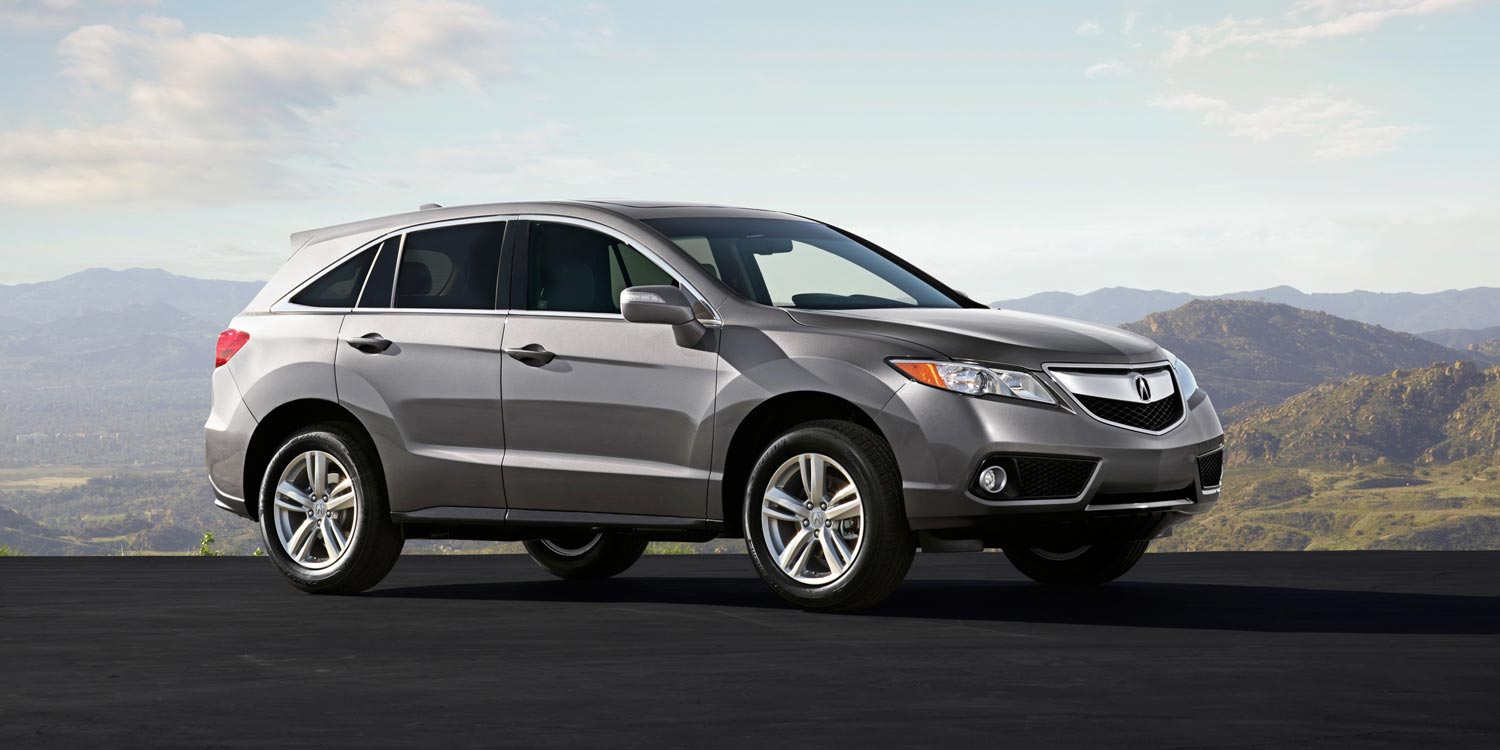A Perfect Six | 2013 Acura RDX
By Marc Schulhof
September 2025 View more For The Road
2013 Acura RDX
When it debuted in 2006, the Acura RDX crossover was a new type of vehicle on the leading edge of a trend. It sported a turbocharged four-cylinder engine, a design that, car manufacturers are quick to point out, typically produces V6 power while demanding fewer trips to the pump than a typical V6. These days, you will even find those smaller engines in vehicles much larger than the RDX.
Yet here we are on the cusp of 2013, and Acura has not just redesigned the RDX, it has turned against the trend. Because in addition to its thorough and very nicely done refresh of this popular five-seater, the company has replaced the RDX’s old four-cylinder with a V6.
Why would Acura opt for a bigger engine at a time of rising gas prices? It’s simple: Technological improvements mean the new V6 gets better fuel economy than the previous model’s four-cylinder. And the numbers looks good. The new RDX is rated at 20 miles per gallon in the city and 28 on the highway.
That is for front-wheel-drive models. If you opt for all-wheel drive, your fuel economy will dip, but only slightly, because the RDX’s new all-wheel-drive system is biased toward the front wheels, unless those wheels are lacking grip.
Among the neat tricks that make the RDX’s improved fuel economy possible is a feature that is appearing on more high-cylinder-count vehicles. The engine operates on all six cylinders only when they are all needed (like when you have the pedal mashed down, trying to merge onto the interstate). At other times, it will be running on only four or three cylinders to save fuel. This is a first for Acura, but it is executed flawlessly here. Deactivation and activation happens with nary a shudder, and the engine’s full power is always available.
Truth be told, the V6 produces not just more horsepower than its predecessor (273 versus 240), but it does so more seamlessly. Part of the credit goes to the RDX’s new six-speed transmission, another first for Acura. Acceleration from a stop is smooth and quick, and the RDX’s passing ability really stands out. Need to jump from 30 to 50, or 50 to 70? No problem, no drama, and hardly any noise, either.
Taken together, the RDX’s new engine and new transmission, along with its well-tuned suspension and longer wheelbase, create a thoroughly grown-up, smooth-riding driving experience. The new RDX feels softer than the model it replaces, more like a Lexus than, say, an Infiniti.
The luxury continues inside the cabin, too, where the beautiful leather seats are immediately comfortable and a crisp, clean dashboard is easy to navigate. The metallic red start/stop button, slightly hidden on the console next to the steering wheel’s four o’clock position, is a wink from the RDX’s interior designers, a perfectly executed little jewel that contrasts with the rest of the interior’s muted tones.
The 2013 Acura RDX with front-wheel drive starts at $34,320. Adding all-wheel drive increases that base price to $35,720, and will likely increase your comfort when winter gets ugly. Opt for the multi-faceted Technology Package and you’ll add $3,700 to the cost of either model.
For the safety minded, note this: A standard feature this year is a text message function that, once you’ve paired your phone to the RDX’s Bluetooth system, lets a computerized voice read your new text messages. You can then send a pre-written reply with one button. The RDX also earned the Insurance Institute for Highway Safety’s “Top Safety Pick” laurels.






